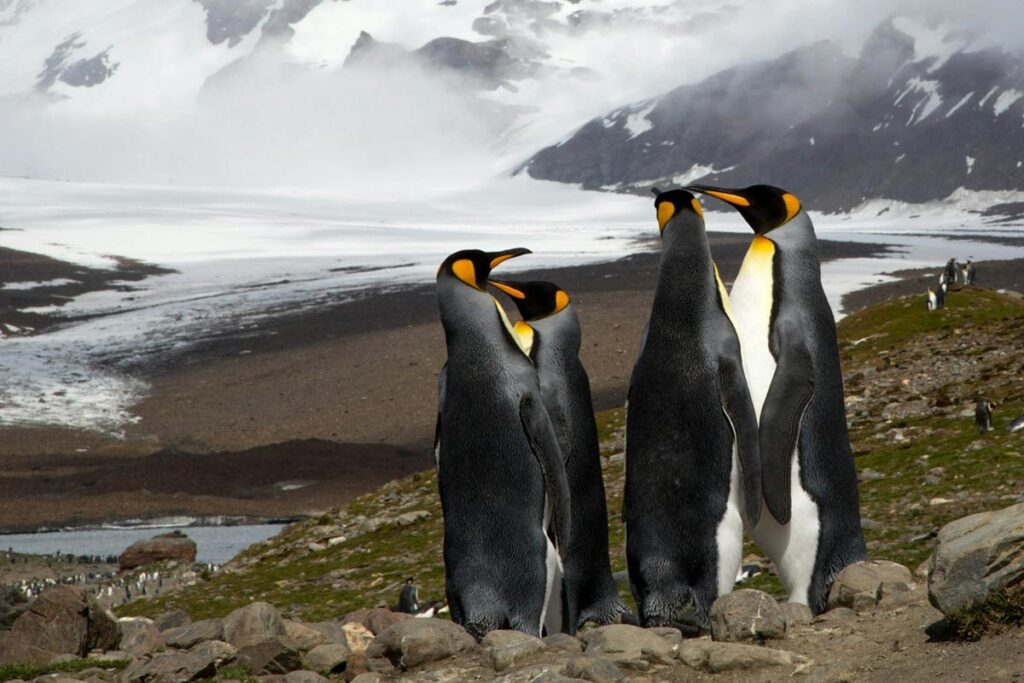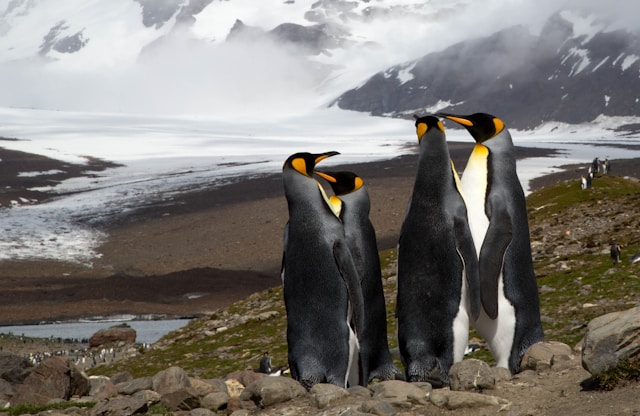Cold water diving opens the door to some of the most extraordinary underwater experiences, from swimming through kelp forests to exploring alongside icebergs. While it requires preparation, the right equipment, and sometimes additional training, the rewards are immense. Whether you’re diving in pristine God’s Pocket, exploring Silfra, or taking on the icy challenges of Antarctica, cold-water diving takes you to some of the most untouched parts of our planet. In this guide, we’ll explore how to prepare for cold water diving, including what makes it special, tips for getting started, and some of the best destinations for an icy plunge.
Is Cold-Water Diving Worth it?
Cold-water diving may sound daunting, but the rewards are immense. Cold-water environments often feature dramatic underwater landscapes that are rarely found in warmer regions. You can explore sunlit kelp forests in temperate waters, rocky reefs brimming with life, and the eerie beauty of glacial ice formations. Ice diving, in particular, offers a dive experience unlike any other.

Cold-water ecosystems are also incredibly diverse, supporting marine life that thrives in cooler temperatures. Divers can encounter creatures like wolf eels, giant Pacific octopuses, sea lions, and various cold-water fish species. Seasonal highlights might include encounters with humpback whales, orcas or seals in polar regions.
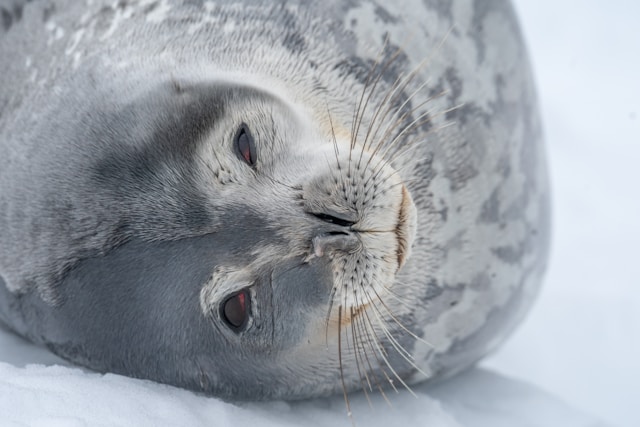
Top Tips To Prepare for Cold-Water Diving
Cold-water diving requires careful preparation to ensure you are safe and warm in the water. Follow these tips to get ready to try cold-water diving:
1. Build Your Cold Tolerance
Spend time acclimating to cooler water temperatures before attempting a really cold dive. Practice snorkeling or swimming in cold water while wearing a wetsuit or drysuit to adjust to the sensation of the cold. Go diving at your local dive spot from summer through autumn and into winter to adjust gradually.
2. Perfect Your Buoyancy Skills
Cold-water diving often requires thicker wetsuits or a dry suit, which can make buoyancy control more challenging. Practice your buoyancy skills in warm water or a pool before diving in cold conditions. Ideally, practice in the exposure suit you will wear in cold waters but be careful you don’t overheat.
3. Stay Warm Before and After the Dive
Cold-water diving doesn’t just affect you underwater—it can chill you before and after the dive, too. Wear warm layers, bring a thermos of hot tea, a woolly hat, a fleece-lined changing robe, and have a dry bag for keeping clothing warm and dry.
If you’re diving from shore with your buddy, pick a dive site close to a café where you can get some hot food and drinks afterward.
4. Learn to Use a Dry Suit
For most cold water dives, a dry suit is essential to stay warm. Take a Drysuit Diving course to learn how to use and maintain your suit properly, including controlling buoyancy and troubleshooting leaks.
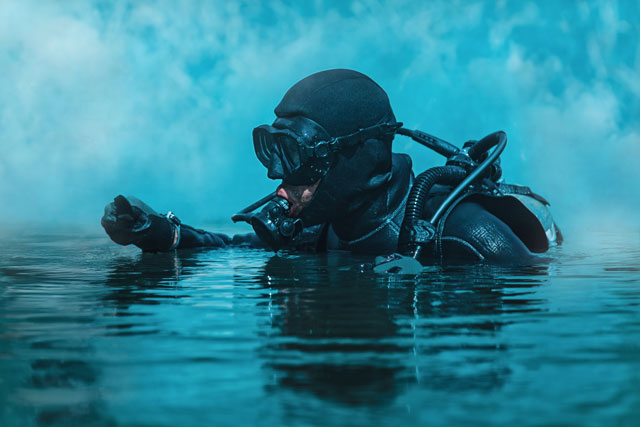
5. Dive with an Experienced Buddy or Guide
Cold-water diving can involve unique challenges, such as limited visibility, strong currents, or ice overhead. Always dive with an experienced buddy or guide familiar with the specific conditions of the dive site.
6. Check Your Gear Thoroughly
Cold water can cause issues like regulator freezing. Ensure your gear is rated for cold conditions, especially your regulator, and conduct thorough checks before every dive.
Cold-water diving is suitable for a range of experience levels, but the type of dive you choose will determine the experience you need. Sites in temperate waters with mild conditions are great for Open Water Divers.
Diving in colder regions like Iceland’s Silfra Fissure or temperate waters with moderate currents may require Advanced Open Water certification and drysuit diving experience. Ice diving and deep cold-water dives often require specialized training, including dry suit certification, ice diving courses, and technical diving skills.
What Equipment Do You Need?
Depending on the water temperature, a thick 7-10mm wetsuit, a semi-dry suit, or a drysuit is a must for cold-water diving. If you are wearing a drysuit, thermal layers are worn beneath for added warmth. A hood and gloves are essential for protecting your extremities; look for 5-7mm thickness neoprene. Thick dive boots (or thermal socks under a drysuit) keep your feet warm and comfortable. Choose a regulator designed to prevent freezing in cold conditions. These are equipped to function even in icy water.
Top Places for Cold-Water Diving.
There are cold-water diving destinations around the globe, from temperate waters to icy extremes. Here are some of the best places to explore:
1. God’s Pocket, British Columbia, Canada
God’s Pocket is a paradise for cold water divers. Located near Vancouver Island, this area offers stunning underwater landscapes, including vibrant kelp forests, colorful anemones, and diverse marine life, such as wolf eels and giant Pacific octopuses. The clear, nutrient-rich waters attract divers from around the world to explore this pristine area.
- Experience needed: A minimum of 100 dives, with 50 of those dives in cold water/drysuit diving.
- Water temperature: 7-9°C (44-48°F)
2. Ice Diving in Tasiilaq, Greenland
Tasiilaq, located on Greenland’s east coast, offers a breathtaking ice diving experience in one of the world’s most remote and pristine regions. Divers can explore beneath frozen fjords, surrounded by towering icebergs and crystal-clear waters. The ethereal beauty of sunlight filtering through the ice makes this a bucket-list destination. You may also encounter Arctic marine life like Greenland sharks and seals.
- Experience needed: Experienced in cold-water diving, with at least 20 logged drysuit dives. Ice diving or Full Cave Diving certification may be required.
- Water temperature: -2–1°C (28–34°F)
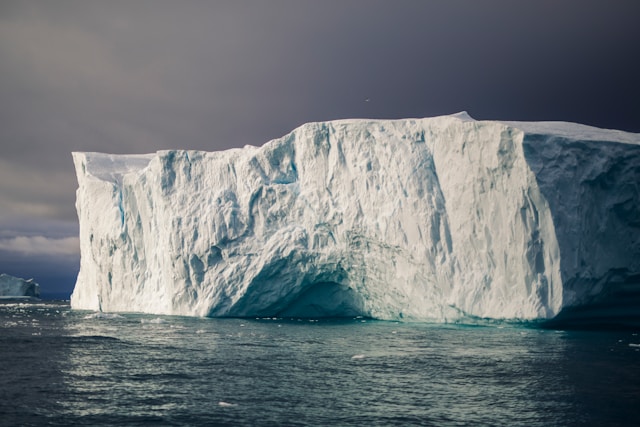
3. Silfra Fissure, Iceland
Silfra is a bucket-list site for many divers. Located in Þingvellir National Park, this fissure between the North American and Eurasian tectonic plates offers crystal-clear water and the unique experience of swimming between continents.
- Experience needed: Intermediate divers with drysuit experience.
- Water temperature: 2–4°C (36–39°F)

4. Antarctica
Diving in Antarctica offers a once-in-a-lifetime experience beneath massive icebergs and in crystal-clear waters. Divers can encounter penguins, seals, krill, and whales while exploring surreal underwater ice formations. Most dives are conducted from expedition vessels, combining breathtaking underwater adventures with stunning topside scenery.
- Experience needed: Divers must be experienced with cold-water and dry-suit diving.
- Water temperature: -2–2°C (28–36°F)
5. Kelp Forests, California, USA
The kelp forests off the coast of California offer spectacular diving in temperate waters. Popular spots like Monterey Bay and the Channel Islands are busy with playful sea lions, colorful nudibranchs, garibaldi fish, and even leopard sharks. The excellent visibility and accessible conditions make them ideal for divers of all levels.
- Experience needed: Beginner to intermediate divers.
- Water temperature: 10–16°C (50–61°F)

6. Winter Diving in Cornwall, UK
You might not think of Cornwall as a top cold-water diving destination but it’s a great place to dip your toes into cold-water diving and find out if it is for you. Cornwall’s coves and bays offer calm and sheltered diving ideal for the colder months when the sea can often be rough.
Lamorna Cove, located on the south coast, is a standout choice thanks to its sheltered conditions and clear winter visibility. The cove is known for its rocky reefs, kelp beds, and marine life, including crabs, cuttlefish, and playful seals. There are beautiful beaches at nearby Penzance, ideal for blustery winter walks before warming up at a cozy café or pub. Falmouth also offers great winter diving, with a shallow, sheltered bay, thriving rocky reefs, and seagrass beds.
- Experience needed: Beginner to intermediate divers with drysuit experience.
- Water temperature: 8–10°C (46–50°F)
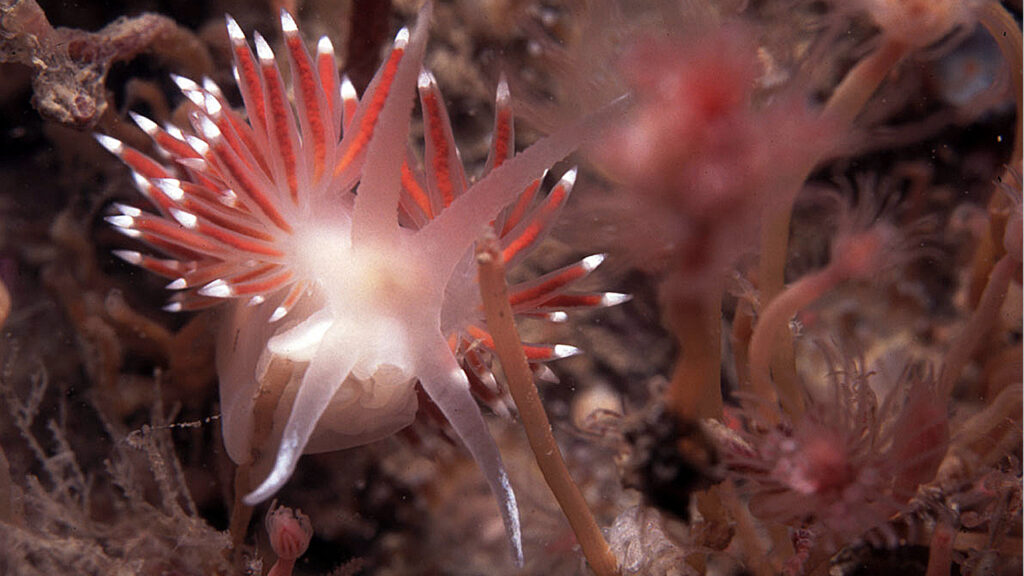 Image: Tim NicholsonImage: Tim Nicholson
Image: Tim NicholsonImage: Tim NicholsonThis article was written by Kathryn Curzon, a dive travel writer for SSI.
Image credits:
- Nudibranch, Coryphella browni: Tim Nicholson
